User interviews are a crucial element of UX research. They serve as a window into your users' minds, enabling you to explore their motivations, preferences, pain points, and much more.
However, conducting effective user interviews is both an art and a science. It requires careful planning, skilled execution, and thoughtful analysis.
In this guide, we will delve into the process of conducting interviews that deliver rich insights to help you create extraordinary user experiences.
What are user interviews?
User interviews are one-on-one conversations between a researcher and a user that typically involve a predetermined set of open-ended questions.
However, they also allow space for spontaneous, probing questions based on the user's responses. The aim is to encourage users to share their experiences and thoughts freely, leading to richer and more nuanced insights.
User interviews are not a one-time activity. Conducted regularly, they can help you stay in tune with changing user needs and market trends. This ongoing feedback loop can fuel continuous improvement, innovation, and growth.

Why are user interviews important in UX research?
User interviews are an excellent way to gather qualitative data directly from your target audience, allowing you to understand user behavior, needs, and motivations.
While the quantitative data, collected with tools such as UX surveys, provides a broad overview, user interviews put a human face to that data. They enable you to hear the stories and experiences behind the numbers, fostering empathy and a deep connection with users. This empathetic understanding is critical to creating designs that resonate with users on an emotional level.
What’s more, during the design process, assumptions are often made about user needs and behaviors. Face-to-face conversations can validate or challenge these assumptions, leading to more accurate and effective design decisions.
To gather some initial feedback that can be discussed with your users during interviews, try surveys:
Why you should conduct user interviews
The question isn't why you should conduct user interviews, but rather, why wouldn't you? Here are a few compelling reasons to include them in your user research process.
- Unearth deep insights: User interviews enable you to dig deep into the user's mindset, feelings, and attitudes. You can uncover intricate details about their preferences, pain points, and their journey with your product.
- Humanize your data: While quantitative data can provide a macro view of user behavior, user interviews add a human touch to the numbers. They tell the story behind the data, helping to empathize with users on a human level.
- Validate or challenge assumptions: User interviews can validate the assumptions made during the design process or challenge them, leading to breakthrough ideas and improvements.
- Co-create with users: User interviews aren't just about extracting information; they're also a platform for idea generation. Users can provide unexpected ideas and solutions, leading to user-centric innovation.
When should you conduct user interviews?
User interviews are a versatile tool that can be integrated into multiple stages of the product development process. Each phase of the project provides a unique opportunity to engage with users, extract insights, and leverage them to improve the product.
Discovery phase
This is the initial stage of the product development process. At this point, you might have a product idea but you need to explore the problem space, validate the need for the solution, and gather information about the target user group.
User interviews conducted during the discovery phase help to provide an understanding of user needs, behaviors, and pain points. They offer insights into the context in which the product will be used and the potential value it could bring to users.
This qualitative data can serve as a foundation for forming user personas and guide the direction of the design process.
Ideation phase
This phase involves generating, developing, and refining ideas for your product. User interviews in the ideation phase are focused on getting feedback on different concepts and ideas.
They can help to understand which ideas resonate most with users, which ones may need refinement, and which should potentially be discarded. Users might also contribute their own innovative ideas during these discussions, leading to user-centric solutions that you may not have previously considered.
Testing phase
Once you have a prototype or an MVP (Minimum Viable Product), it's time to test it with users to gather their initial impressions and feedback.
User interviews at this stage allow you to gain an in-depth understanding of how users interact with your product, their overall experience, and any difficulties they may encounter.
After launch
Even after launching a product, the process of user research should continue. User interviews conducted post-launch help to measure user satisfaction, understand how the product is being used in the real world, and uncover any unforeseen issues or needs.
These interviews can also provide valuable insights for future enhancements or new features.
It’s a good idea to run a quick feature survey before you jump into user interviews:
Regular intervals
In addition to these specific project phases, it's also beneficial to conduct user interviews at regular intervals.
This can help you stay connected with your users, keep up with changing user needs, behaviors, and market trends, and continuously iterate and improve your product.
How to conduct a user interview
While seemingly straightforward, user interviews involve careful planning, execution, and analysis. Let's explore these stages in more detail.
Define your objectives
The first step in conducting user interviews is to define what you aim to learn from the process. Are you trying to understand the pain points users encounter when using your product? Or are you interested in their motivations for using a specific feature? Having a clear understanding of your objectives will help you keep the interviews focused and ensure you extract relevant information.
Recruit participants
Once you have a clear objective, you need to identify the right participants. These should be individuals from your target user group who can provide valuable insights related to your objectives.
Consider factors such as demographic characteristics, product usage, and experience level. It's also crucial to ensure diversity in your participant pool to capture a wide range of experiences and perspectives.
Surveys such as the template below are a great way to recruit research participants:
Prepare the interview guide
With your objectives and participants in place, the next step is to prepare the interview guide. This guide will include a list of open-ended questions that will help you extract the required information.
However, it's important to remain flexible during the interviews and ask follow-up questions based on the participant's responses. This can lead to valuable insights that you might not have anticipated.
The video below goes through some of the most common user interview questions:
Conduct the interviews
Conducting the interviews is both an art and a science. It's crucial to create an open and comfortable environment where participants feel free to share their thoughts and experiences. Begin the interview by explaining the purpose of the study, reassuring the confidentiality of their responses, and asking for their consent to proceed.
As the interview progresses, be patient and give participants ample time to respond. Use active listening techniques and paraphrase their responses to ensure understanding. Your role is to facilitate a meaningful conversation, not to guide their responses.
Remember, body language and tone of voice play a crucial role in fostering a positive environment. Be open, empathetic, and curious. Encourage users to elaborate, especially when they share interesting or unexpected insights.
Analyze and synthesize
After conducting the interviews, it's time to analyze and synthesize the collected data. This involves reviewing your notes or recordings and identifying patterns and key themes. You may use various methods such as affinity diagramming or thematic analysis to help with this process.
Remember, the goal is not just to compile a list of findings but to synthesize these into actionable insights. What did you learn about the user’s behaviors, needs, and motivations? How can these insights inform your design decisions? What changes or improvements do you need to make?
Share your findings
User interviews are a collaborative process, and it’s crucial to share your findings with the rest of the team. Present your insights in a clear, concise manner, making sure to highlight the key findings and their implications. This can be in the form of a UX research report, presentation, or workshop. By sharing your findings, you help to cultivate a shared understanding of the users, align the team, and guide informed decision-making.

Ask your users the right questions with Survicate
The power of user interviews lies in the dialogue you create, helping you to design not just for your users, but, most importantly, with your users.
Even though interviews are a crucial part of UX research, there are other tools that seamlessly complement them in discovering user needs and preferences.
Surveys in particular serve an important role in building an understanding of user experience. With an automated survey tool such as Survicate, not only can you delve into your users’ world but also analyze and visualize your data, turning raw insights into actionable findings.
Sign up for free for a 10-day free trial to start collecting insights with Survicate and take a step closer to creating a product that truly resonates with your users.

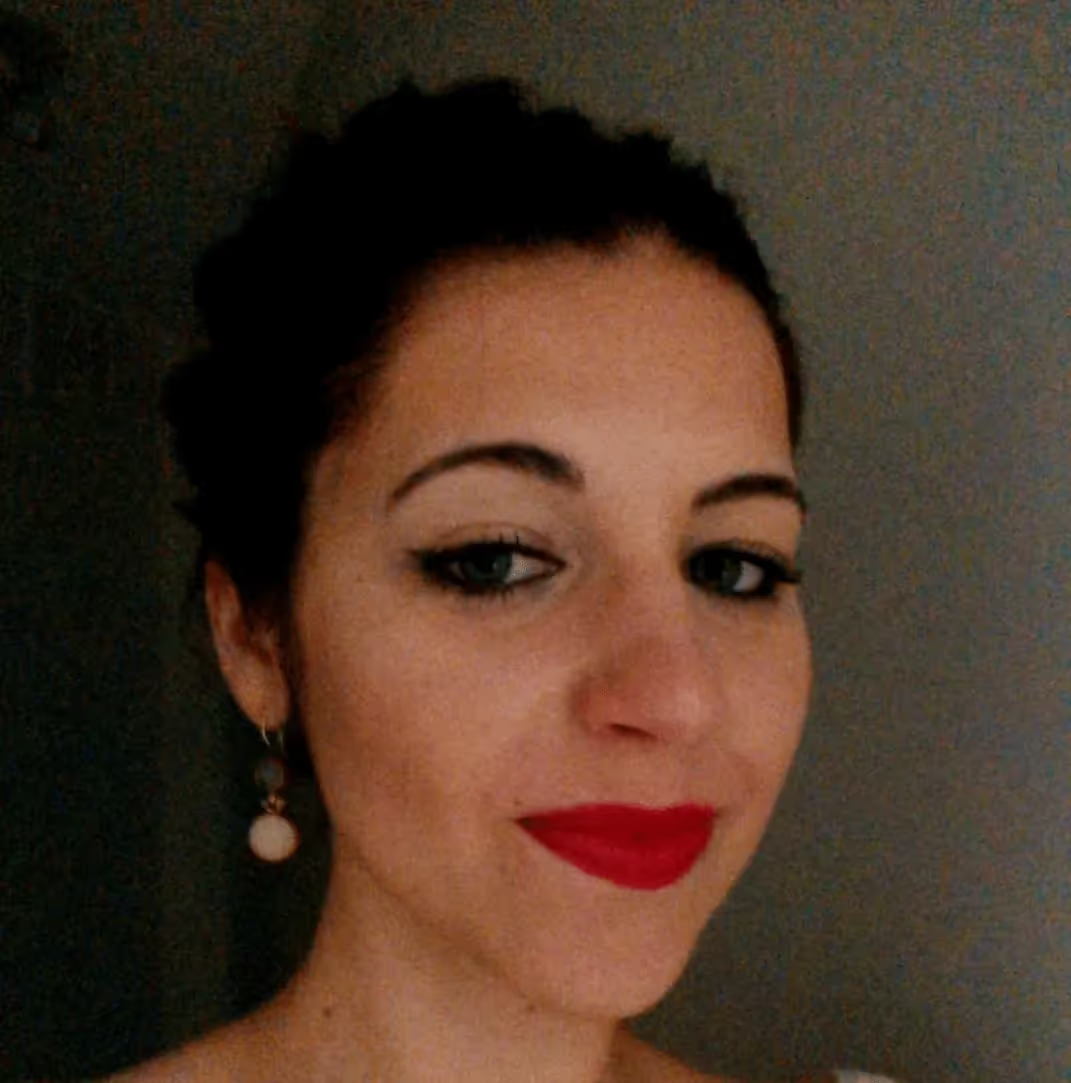






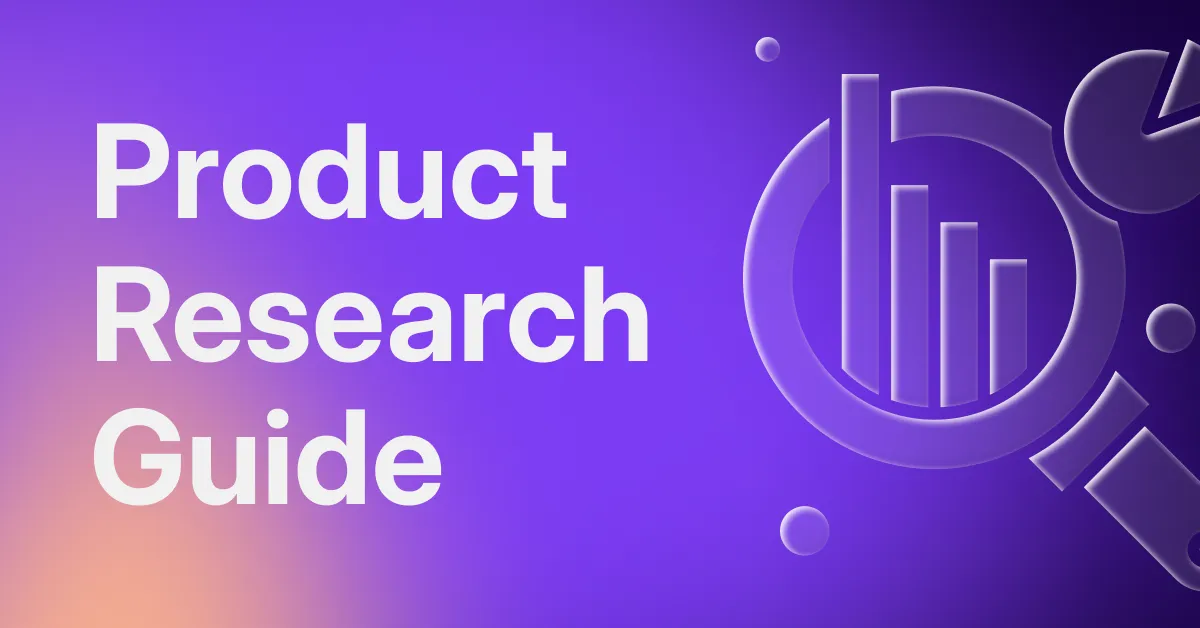

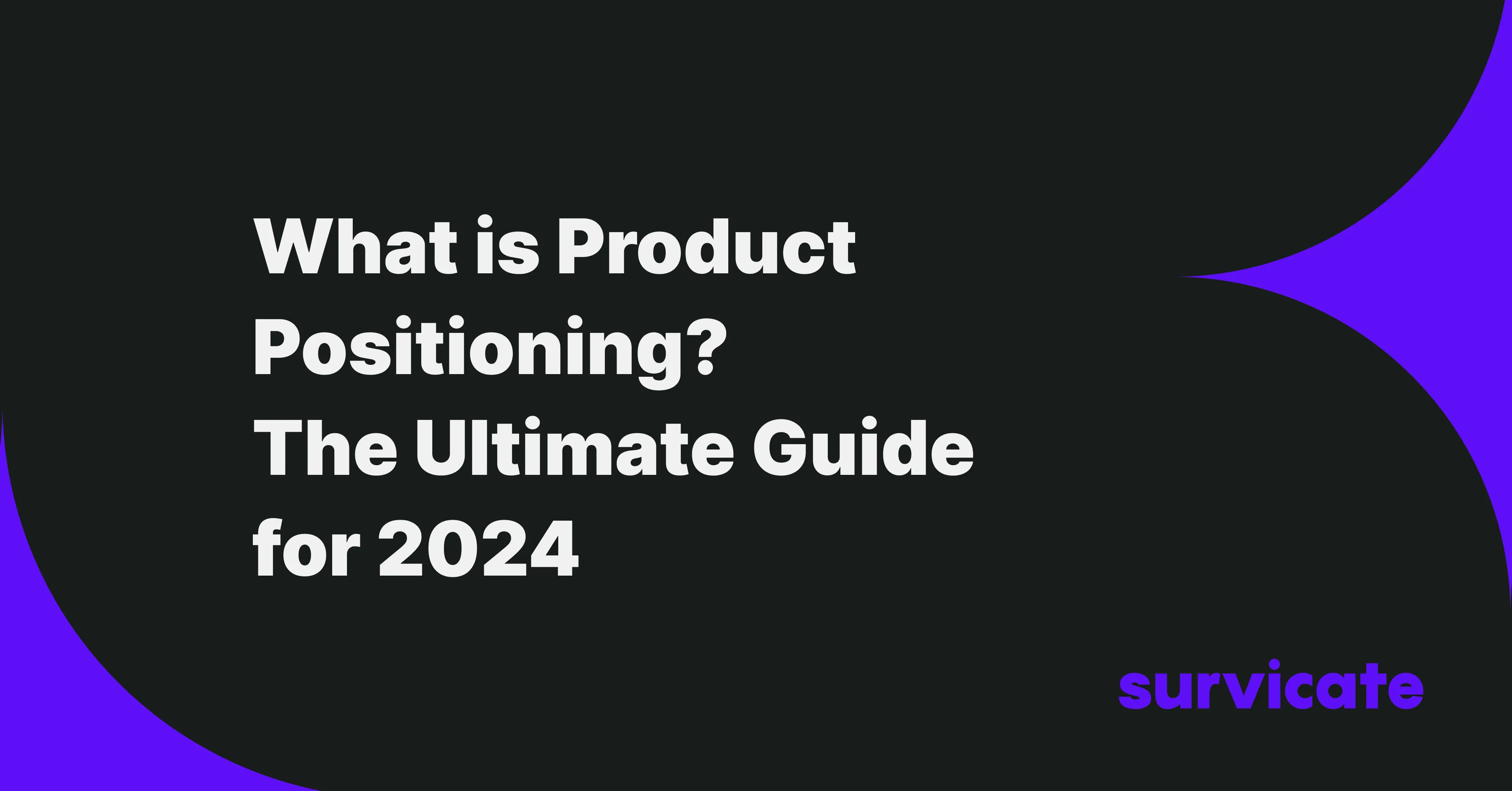
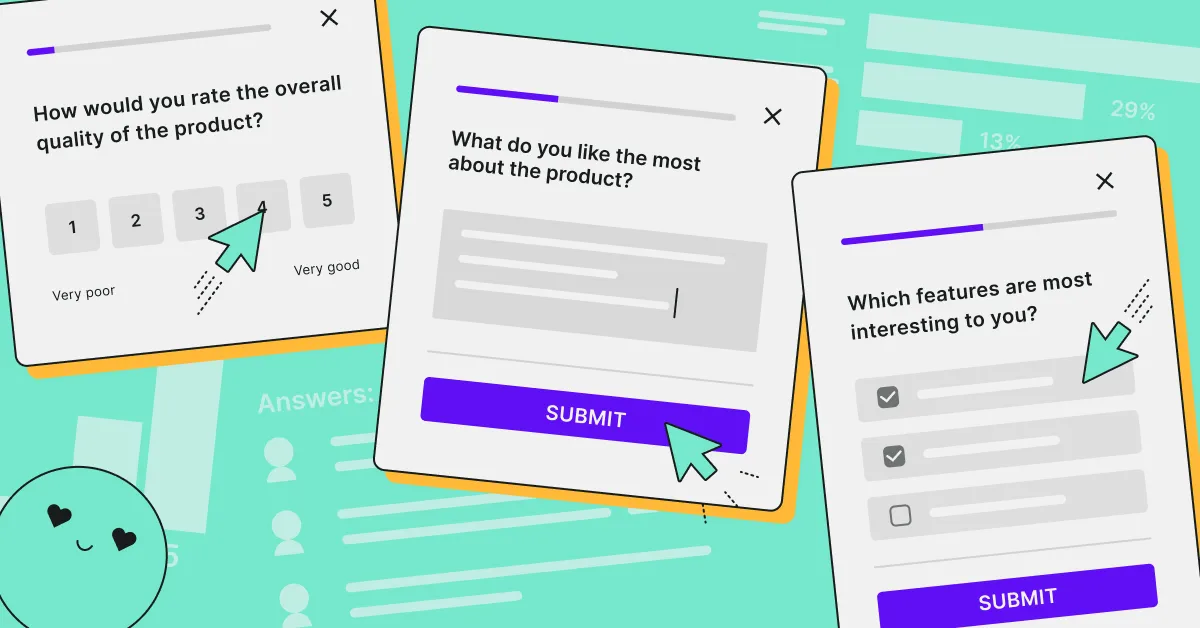
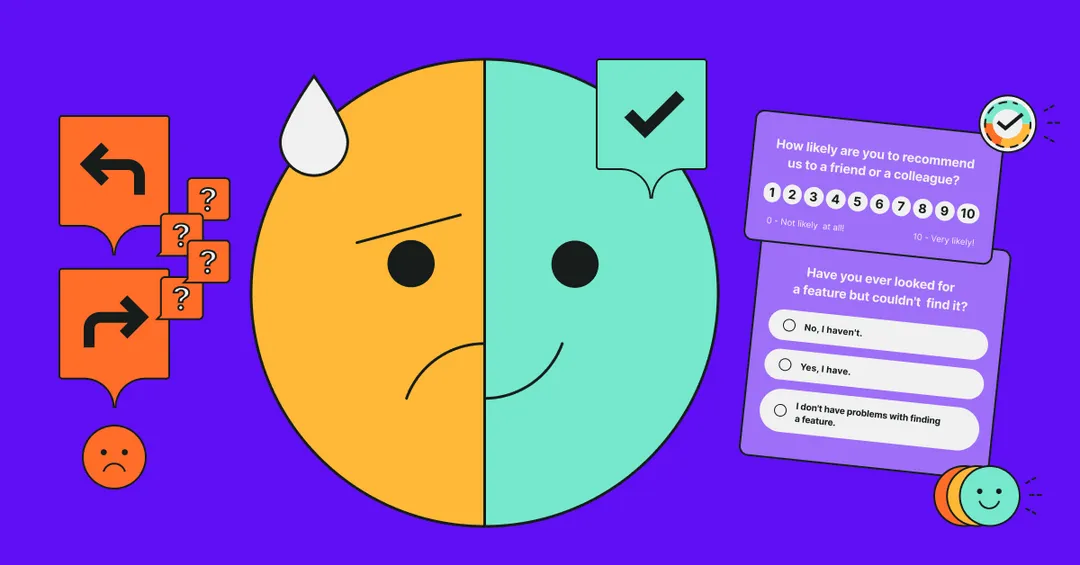
.webp)
.webp)
.svg)

.svg)



